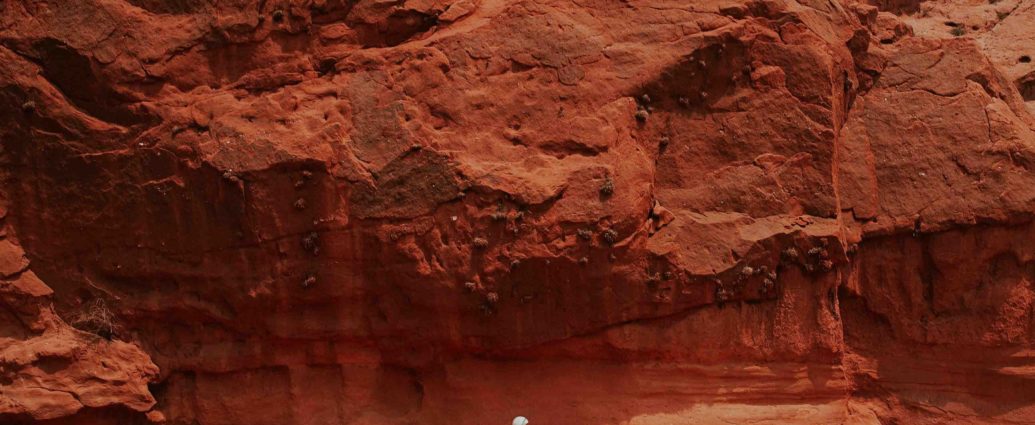NASA has successfully launched a small helicopter on Mars.
The drone, Ingenuity, was airborne for less than a minute but is still being celebrated as a victory by the National Aeronautics and Space Administration (NASA).
In the coming days, Ingenuity’s technology will be tested as it is sent higher into Mars’ atmosphere.
Four more flights are planned for this rotorcraft, with the first expected to take place on Thursday.
JUST IN: First high-resolution video of Ingenuity #MarsHelicopter's first flight, taken by @NASAPersevere.
During this first flight, the helicopter climbed to an altitude of 10 feet (3 meters), hovered, and then touched back down on the surface of Mars. pic.twitter.com/CnseHsOPxd
— Thomas Zurbuchen (@Dr_ThomasZ) April 19, 2021
The helicopter’s Chief Pilot, Havard Grip, said: “What we’re talking about here is going higher, going further, going faster, stretching the capabilities of the helicopter in those ways.”
This drone was taken to Mars by NASA’s Perseverance Rover which landed on this Red Planet’s Jezero Crater in February 2021.
Project Manager for Ingenuity, MiMi Aung, said: “We can now say that human beings have flown a rotorcraft on another planet.
“We’ve been talking for so long about our ‘Wright Brothers moment’ on Mars and here it is.”
MiMi Aung made a reference here to well-known figures, Orville and Wilbur Wright, who launched the first powered and controlled aircraft flight on Earth in 1903.
NASA announced that the airstrip in Jezero where Ingenuity was launched will now become known as the Wright Brothers Field.
Mars has an atmosphere constituting only 1% of the air density we have on Earth, making it difficult for the rotorcraft’s blades to cut through the planet’s very thin air.
Despite this, however, the helicopter succeeded in its maiden mission.
When asked if she was surprised at the success of the flight, MiMi Aung said: “No, I’m not. We really had nailed the equations, the models, and the verification here on Earth in our laboratory tests.
“We’ve gone from ‘theory says you can’ to really now having done it. It’s a major first for the human race.”
“NASA has already approved its helicopter mission to Saturn”
Director of NASA’s Jet Propulsion Laboratory, Michael Watkins, said: “What the Ingenuity team has done is given us the third dimension; they’ve freed us from the surface now forever in planetary exploration so that we can now make a combination of driving on the surface and sampling the surface, doing reconnaissance, and even scientific experimentation on inaccessible places for a rover.
“This is exactly the way we build the future.”
NASA has already approved its helicopter mission to Saturn, with Dragonfly expected to land at Titan in the mid-2030s.
Madeleine Raine
Featured image courtesy of Nicolas Lobos on Unsplash. This image has in no way been altered. Image license is available here.

